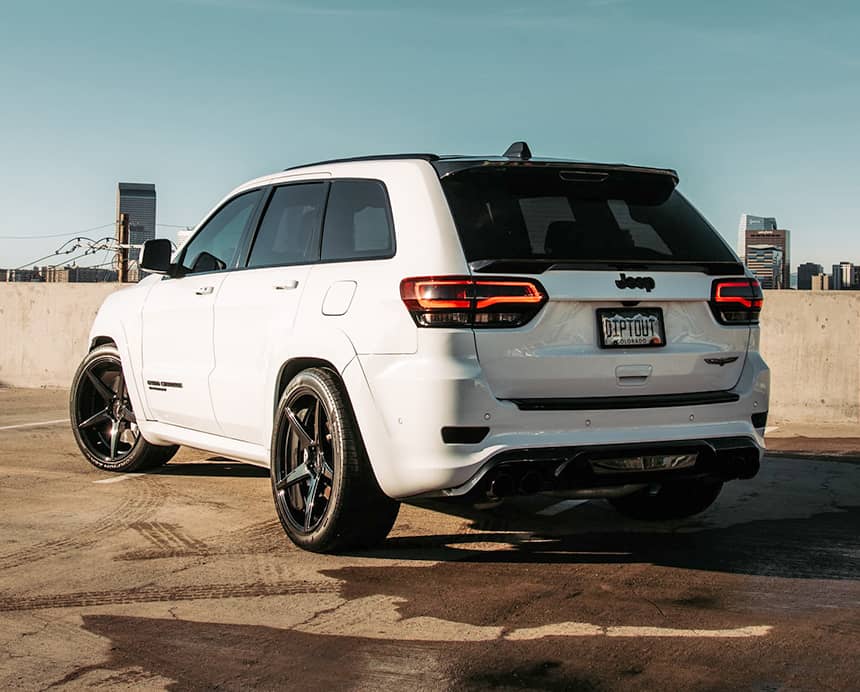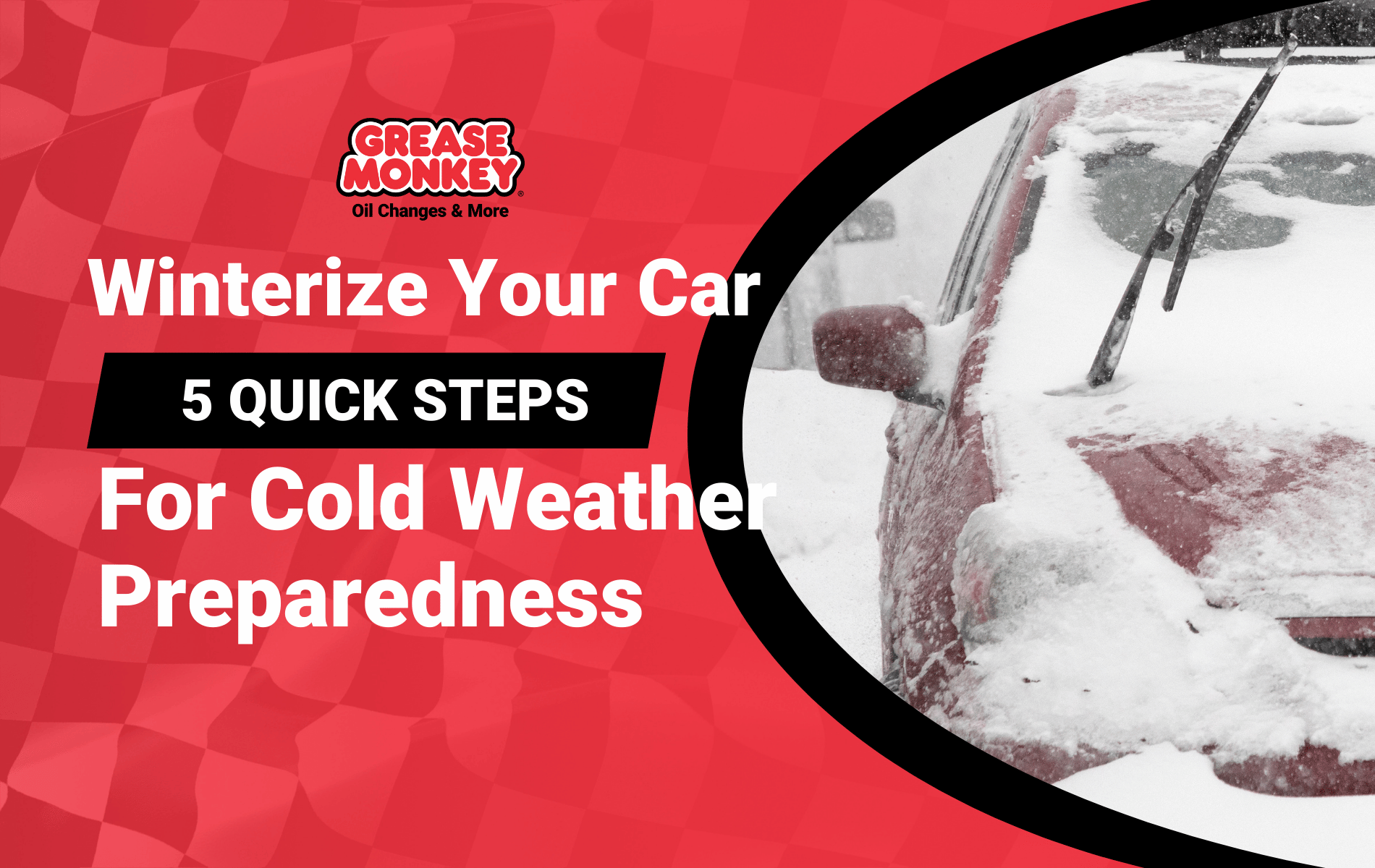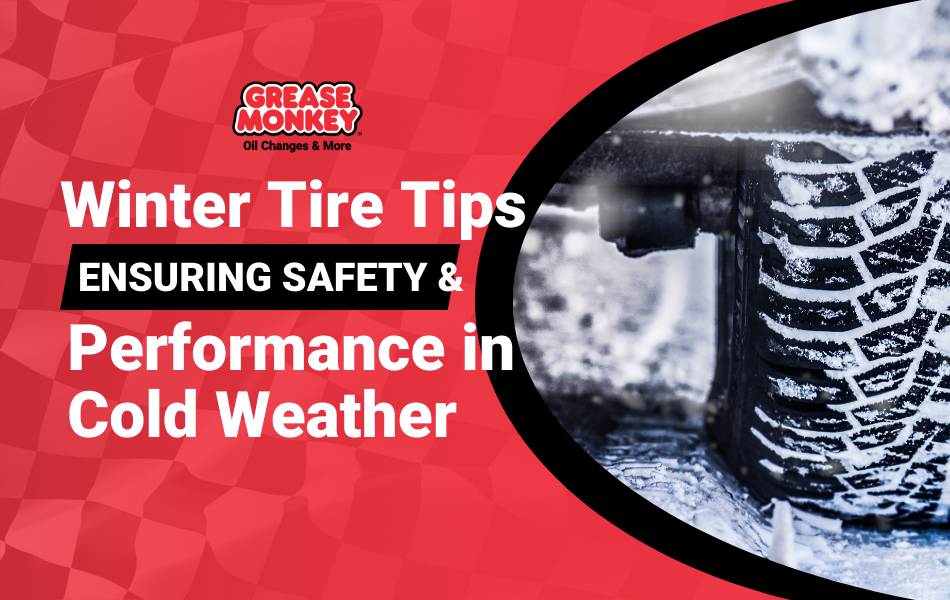How to Winterize Your Car: 5 Steps for Cold Weather Preparedness
Winter is not just about enduring the cold; it’s about preparing your vehicle to withstand the harsh conditions that can significantly affect its performance and safety. Many drivers overlook some critical aspects of winter preparation, leading to avoidable breakdowns or unsafe driving conditions. Here are the essential steps to winterize your car, providing expert tips and lesser-known advice to keep your vehicle running smoothly all winter long.
Inspect and Replace Fluids
Fluids are the lifeblood of your vehicle, and in winter, they play an even more crucial role. While many drivers are aware of the need to check coolant levels, few realize the importance of using the correct mixture or the potential benefits of upgrading certain fluids for better winter performance.


Battery Health Check
Winter is notorious for causing battery failures, yet many drivers don’t take proactive steps to ensure their battery is up to the challenge. Beyond just checking the charge, there are several other factors to consider.
Tire Care for Winter Driving
Tires are your car’s only point of contact with the road, making their condition vital in winter. While many drivers know to check tire pressure, there are more advanced steps you can take to ensure your tires are winter-ready.
Wiper Blades and Windshield Care
Visibility is non-negotiable in winter, and your wiper blades and windshield play key roles in ensuring you can see clearly. However, many drivers overlook some critical steps in maintaining these components.
Emergency Kit Essentials
Even the most well-prepared drivers can find themselves in an emergency situation during winter. Having a well-stocked emergency kit can make a significant difference, providing not only safety but also comfort if you’re stranded.



Winterizing your car is about more than just checking the basics—it’s about ensuring every component of your vehicle is ready to face the extreme conditions that winter can bring. By following these detailed steps and taking advantage of Grease Monkey’s winterization services, you can drive with confidence, knowing your car is fully prepared for whatever the season throws at it. Don’t wait until the first snowfall—visit Grease Monkey today to winterize your vehicle and enjoy peace of mind all winter long.



